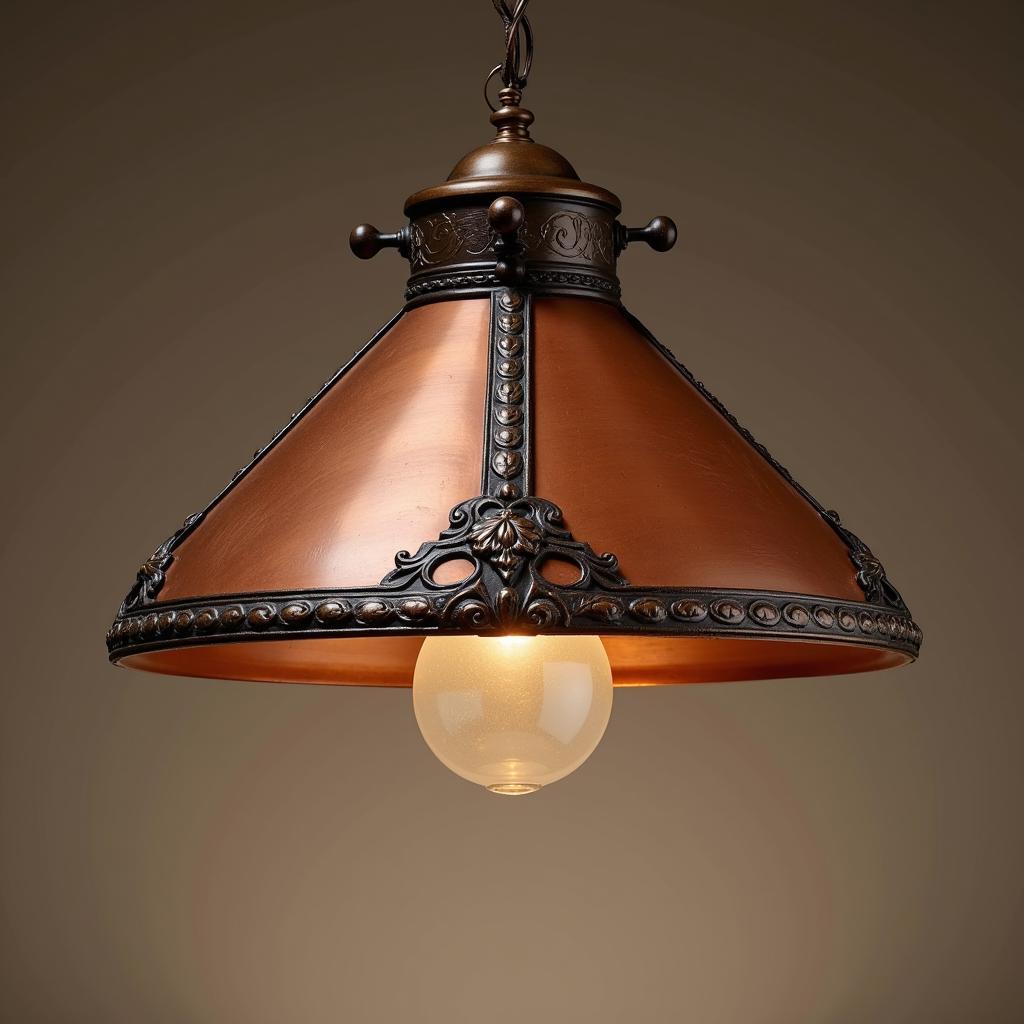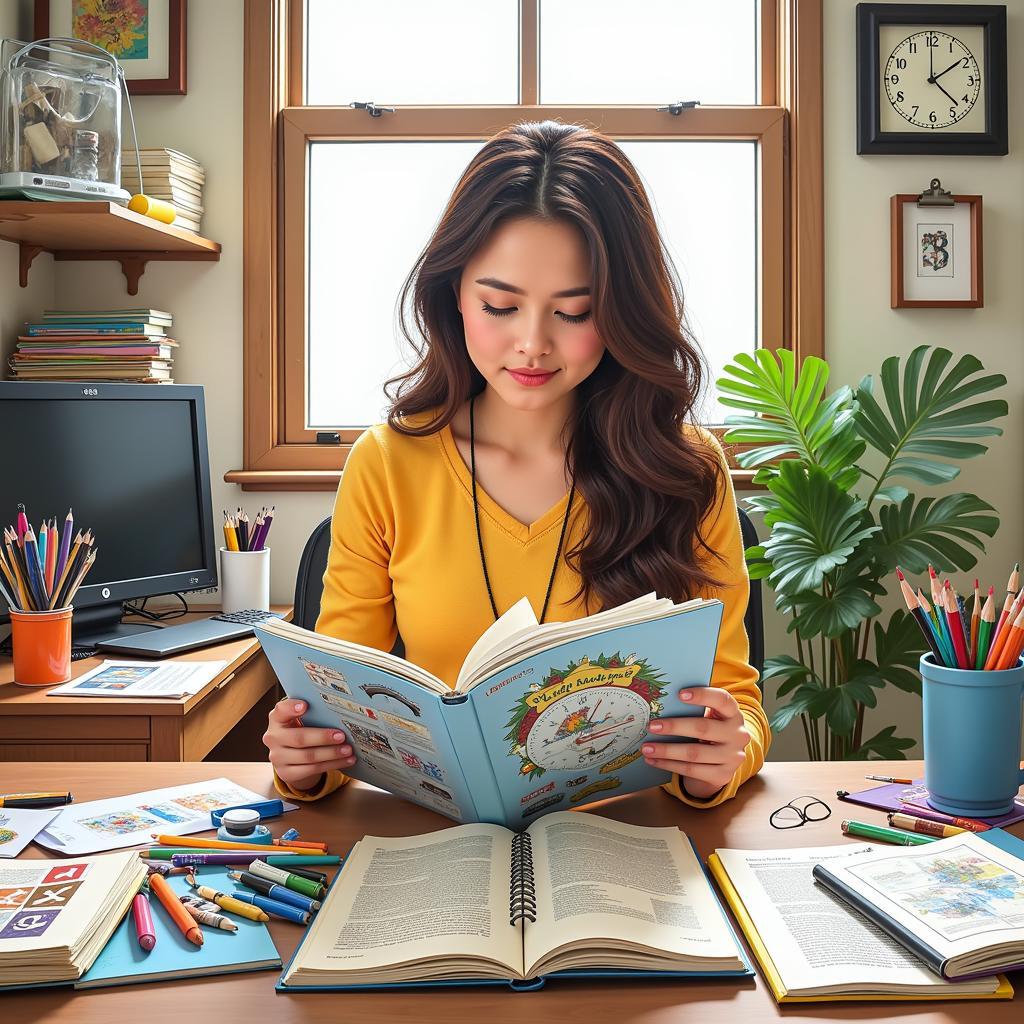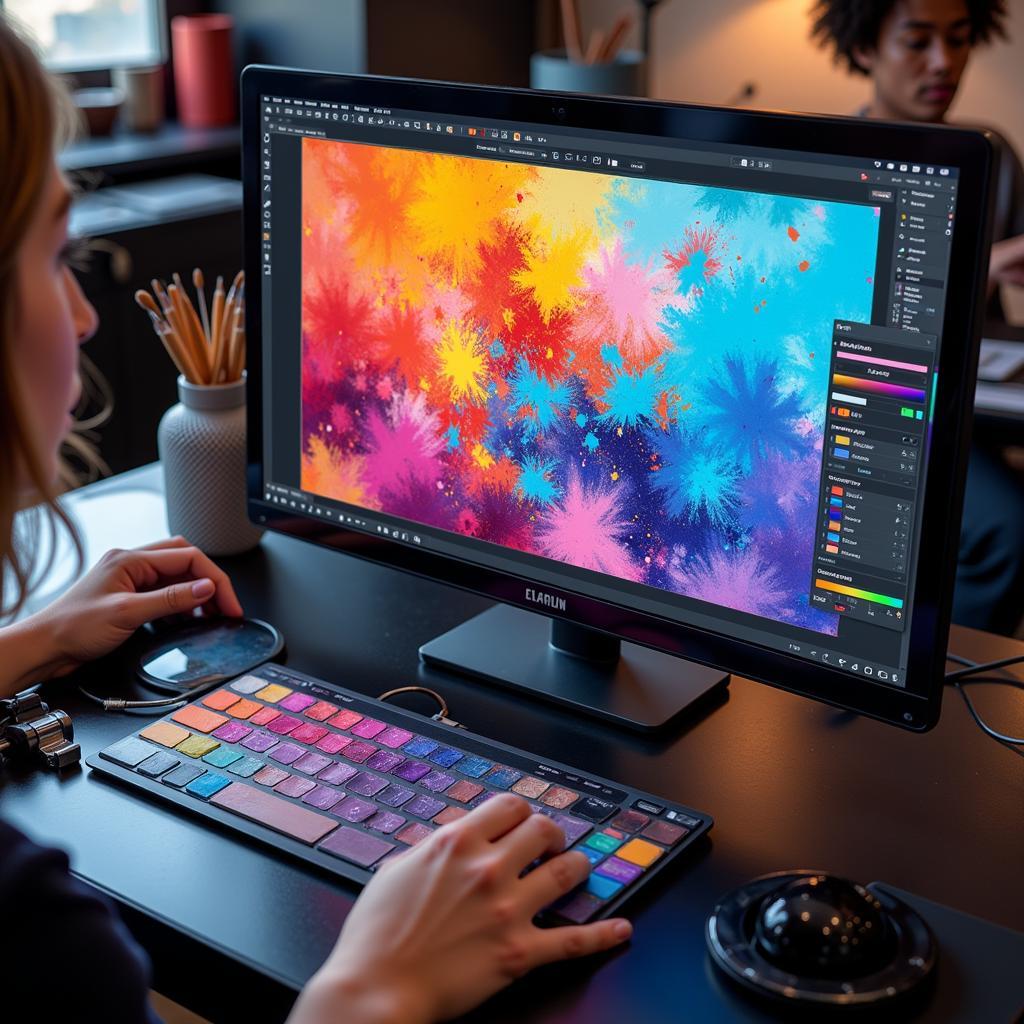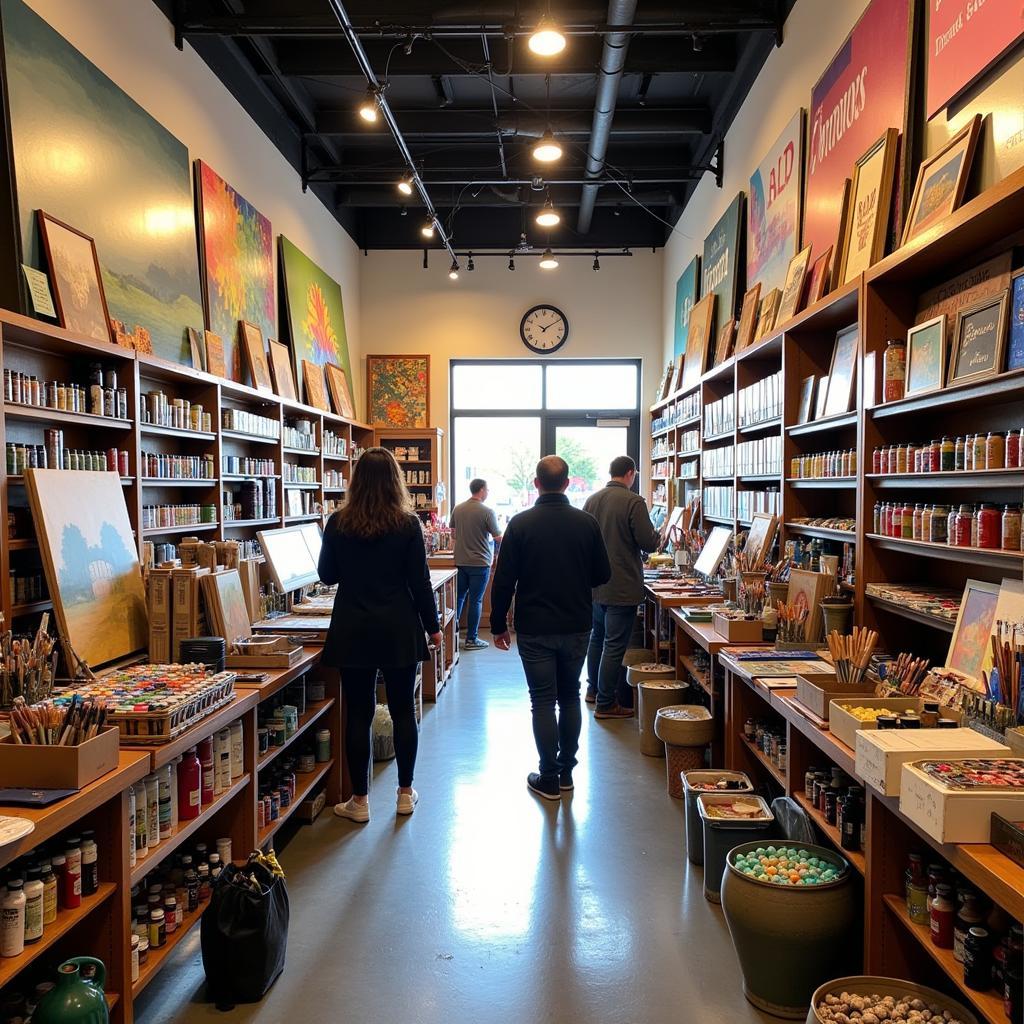Unleash Your Creativity: Exploring the World of AI Arts
The realm of art is no stranger to innovation. From the Renaissance’s embrace of perspective to the Impressionists’ dance with light, art has always evolved alongside technology. Today, we stand at the cusp of a new artistic era, one where the lines between human creativity and artificial intelligence blur to create groundbreaking and awe-inspiring works—welcome to the fascinating world of AI arts.
Demystifying AI Arts: Where Algorithms Meet Aesthetics
AI arts, often referred to as AI-generated art, leverages the power of machine learning algorithms to create visual masterpieces. But before you imagine robots wielding paintbrushes, let’s clarify: AI doesn’t replace the artist; it acts as a powerful tool, expanding the horizons of artistic expression.
How AI is Shaping the Artistic Landscape
The impact of AI on the art world is multifaceted and profound:
- New Artistic Mediums: AI empowers artists to experiment with novel mediums and forms of expression, transcending the limitations of traditional techniques.
- Democratizing Art Creation: AI art tools make art creation more accessible, allowing individuals with limited technical skills to bring their artistic visions to life.
- Exploring Uncharted Territories: AI algorithms can generate unique and unpredictable outcomes, pushing the boundaries of artistic imagination and leading to unexpected creative discoveries.
Diving Deeper: Popular Techniques in AI Arts
Several AI techniques are shaping the landscape of AI arts, each with unique characteristics and applications:
- Generative Adversarial Networks (GANs): GANs consist of two neural networks—a generator and a discriminator—pitted against each other. The generator creates images, while the discriminator attempts to distinguish them from real ones. This adversarial process leads to the generation of highly realistic and original artwork.
- Neural Style Transfer: This technique involves merging the style of one image onto the content of another. For instance, you can apply the brushstrokes of Van Gogh to a photograph, resulting in a unique blend of artistic styles.
- Evolutionary Algorithms: Inspired by biological evolution, these algorithms generate a population of images and then selectively “breed” the most successful ones based on specific criteria. This iterative process leads to the emergence of increasingly complex and visually appealing artworks.
The Evolving Role of the Artist in the Age of AI
The rise of AI in art raises questions about the role of the human artist. Rather than replacing artists, AI tools empower them to:
- Focus on Concept and Composition: AI can handle the technical aspects of art creation, allowing artists to focus on the conceptualization and overall composition of their work.
- Experiment and Iterate: AI tools facilitate rapid prototyping and experimentation, enabling artists to explore numerous iterations and variations of their ideas.
- Push Creative Boundaries: By collaborating with AI, artists can unlock new levels of creativity and expression, pushing the boundaries of what’s possible in art.
The Future of AI Arts: A Canvas of Endless Possibilities
The fusion of AI and art is still in its nascent stages, but its potential is boundless. As AI algorithms become more sophisticated and accessible, we can expect to see even more groundbreaking and thought-provoking AI-generated art in the years to come.
This exciting frontier invites us to rethink the very definition of art and explore the uncharted territories where human ingenuity and artificial intelligence converge. Are you ready to embark on this creative journey?
FAQs
1. Is AI art “real” art?
The definition of art is subjective and constantly evolving. AI art, like any other art form, sparks dialogue, evokes emotions, and challenges our perceptions. Ultimately, whether or not you consider it “real” art is a matter of personal interpretation.
2. Can anyone create AI art?
Absolutely! Numerous user-friendly AI art tools and platforms are available, making art creation accessible to everyone, regardless of their technical skills.
3. Will AI replace human artists?
While AI can automate certain aspects of art creation, it lacks the emotional depth, critical thinking, and nuanced understanding of human experience that are essential to art. AI is a tool that enhances, not replaces, human creativity.
4. What are some ethical concerns surrounding AI art?
As with any transformative technology, AI art raises ethical considerations such as copyright issues, the potential for bias in algorithms, and the impact on the livelihoods of human artists. Open dialogue and responsible development are crucial to navigating these challenges.
5. Where can I learn more about AI arts?
Numerous online resources, communities, and courses are dedicated to AI art. Explore online platforms, attend workshops, and engage with the vibrant online community to delve deeper into this fascinating field.
Need Assistance?
Contact our 24/7 customer support team:
Phone: 02462573573
Email: [email protected]
Address: Savico Megamall, 7-9 Đ. Nguyễn Văn Linh, Gia Thụy, Long Biên, Hà Nội 10000, Việt Nam.





